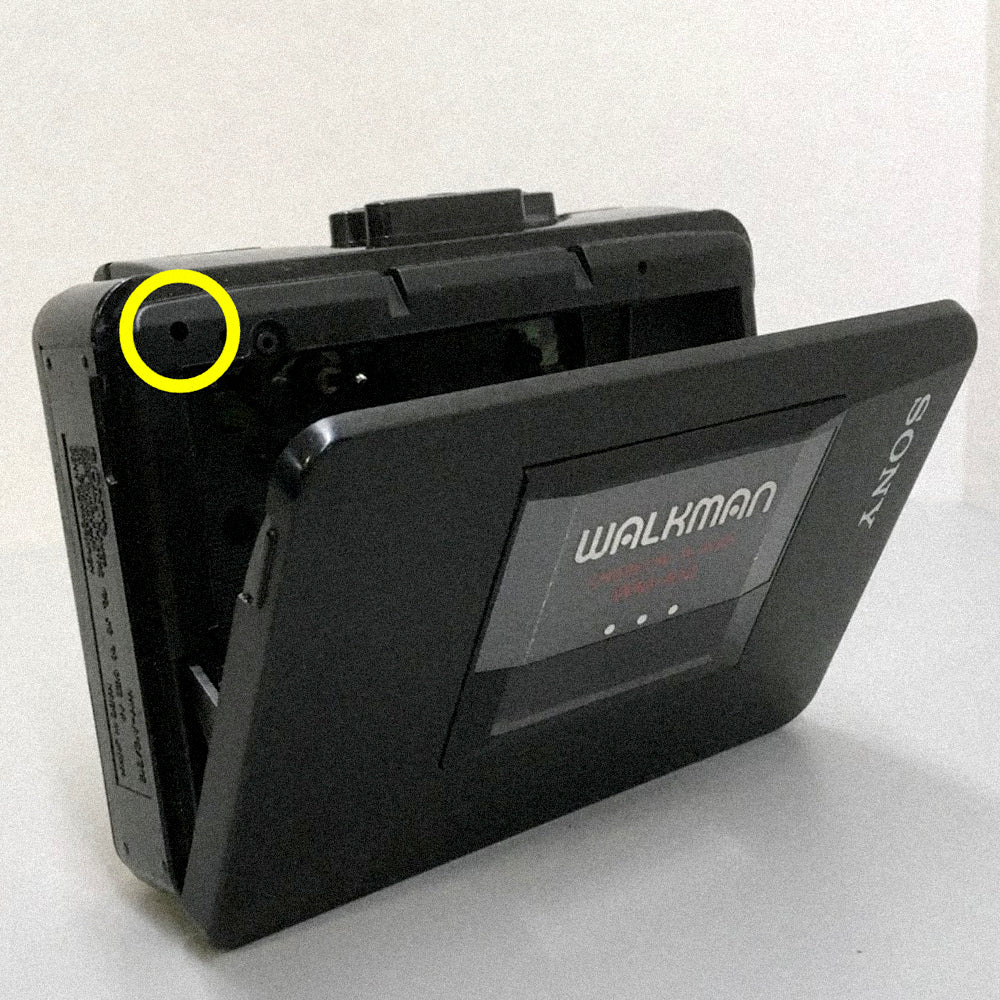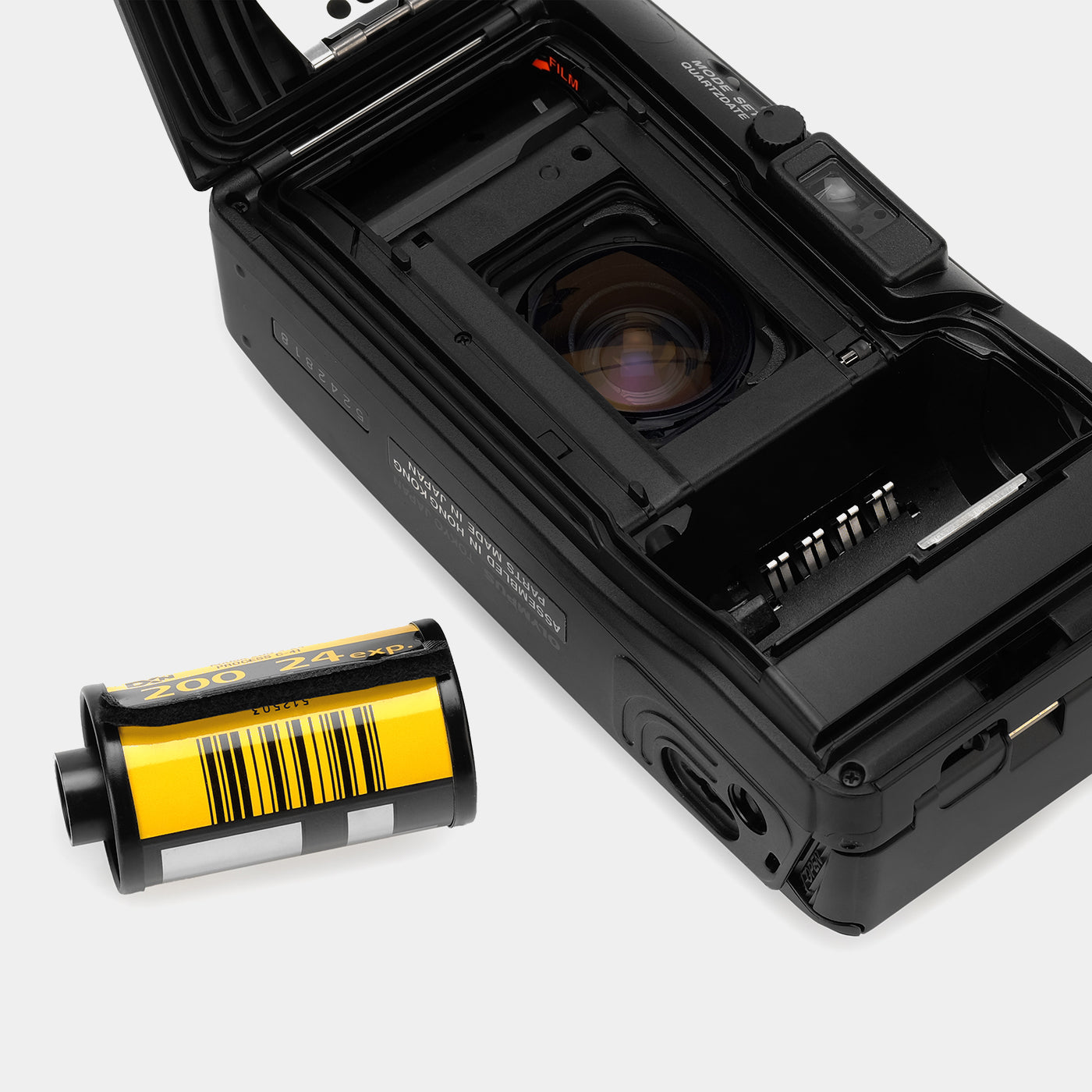Can I adjust the tape speed (tuning) of my portable cassette player on my own?
So your tape speed seems to have wandered and your favorite tunes are a little out of...tune. What can you do? The answer depends on both the condition of your cassette player and — even more heavily — on your overall comfort and skill level for making adjustments on your own. We’re only going to go into the simple fixes here, but even if you only feel a little uncomfortable making adjustments on your own, it’s probably best to stop now. This is the place where we warn you that making your own repairs could permanently damage your device.
How to adjust tape speed varies greatly by device, but the one constant is that speed adjustments will only be effective if the device itself is in good, working order. The condition of the drive belts, tires and pinch rollers; the condition of the motor; and the overall condition of the internal mechanisms can all impact sound quality. If your speed adjustments don’t get you the expected results, it is possible that one of these other issues may be the cause and it may require a more in-depth repair.

Locating the tape speed control
The tape speed in most players is controlled by a variable resistor - an electrical component where the resistance value can be adjusted. On many models of portable cassette players, the tape speed adjustment is accessible from the outside of the player. Others may require some level of disassembly. There is a wide variance in the location of this part between models, but here are a few locations you can look externally:
- The battery compartment
- On the rear cover
- Under the cassette holder assembly (the door you open to insert a tape)
It’s important to note that not all screws and access points visible from the outside are the speed adjustment - so be extra careful. If you can, access a service manual for your particular unit - many are available in PDF format for free online and can be found with a simple search.
If your unit does not have an externally accessible tape speed adjustment, some disassembly will be required. Unless you are handy with such things, we highly recommend against this as any problems you are experiencing may be exacerbated by improper reassembly. Reassembling early models can be especially daunting - we can’t tell you how many TPS-L2s we get in with mis-assembled, missing or misplaced fasteners.
Adjusting the tape speed
Once you have located the proper adjustment point, let’s make sure you have the proper tools:
- A small flat-bladed screwdriver - a 1.5 x 40 seems to work in most cases. It’s important that this tool be non-magnetized.
- A reliable source of power - if you have the cassette player’s DC power supply, that is best. Otherwise, package-fresh batteries are the way to go. Don’t use depleted batteries as low power can cause variations in tape speed.
- A reference tape - the standard tool for this is a 3000 Hertz test tape used in conjunction with a meter to read the signal from the player. These tapes are available from various sellers. If you don’t have this, then use a tape you know to be in good working condition (the newer the better) with music you are familiar with and/or can easily compare to another source (possibly digital/streaming).
We’ll be using a Sony WM-A12 for our demonstration, since it’s adjustment is through the front of the unit under the cassette holder assembly.
Make sure your device has ample power and your headphones are properly connected.

Push the tape under the holder guides on the cabinet door and seat the cassette in the player. The door will remain open for this adjustment.

The access hole is circled in yellow; you will need a flat-blade screwdriver that is 1.5mm wide.

Set the player to PLAY, and insert the driver into the access hole. Gently rotate the driver until you feel it seat into the screw slot. Then, make small adjustments until the tape speed sounds correct.

I’ve adjusted the tape speed, but it still keeps going out of tune
If your player is still acting up even after your speed adjustments it’s likely there is a more complex, underlying issue. Sometimes these maladies can be quite subtle, but your cassette player may need a thorough servicing, or it could simply be an unfortunate side effect of the device's age. To paraphrase Yoda: “When [40] years old you reach, [work] as good you will not!”

By Bryan Rieth
Head of Repairs | Retrospekt
Bryan learned how to repair instant cameras directly from lifelong Polaroid technicians, imported from the Netherlands. He can resuscitate even the most difficult camera or cassette player. It’s quite possible he’s repaired more TPS-L2s than anyone in the world.







